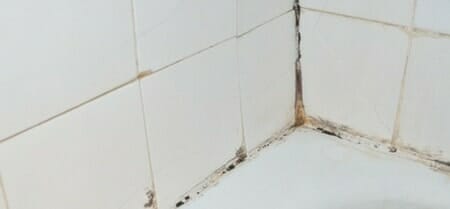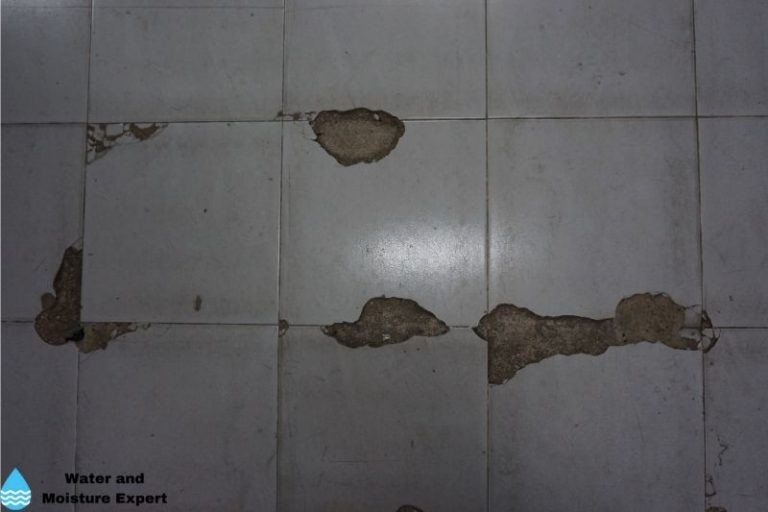Everyone may have their unique perception when it comes to Looking for Signs of Water Damage in the Bathroom.

The washroom is extremely susceptible for damp buildup and prospective water damages because of the constant use of water in it. This short article uses straightforward examination techniques to assist finding water damage risks.
The regular use water in the washroom makes it incredibly prone for wet buildup and potential water damage. By checking it on a regular basis, you can lower water relevant damages.
The following set of assessments is very easy to do as well as need to be done as soon as in every three months in order to keep your bathroom in good shape as well as to avoid prospective water problems brought on by the bath tub, the shower, pipeline joints as well as plumbing, sinks, cupboards, as well as the bathroom
Do not disregard doing these evaluations as well as be complete while executing them. Remember that these basic examinations can conserve you a great deal of cash by offering early indications for water damage
Sinks and Cabinets
Sinks and cabinets are exposed to moisture and also moisture day-to-day and also are commonly ignored. Check routinely under the sink and on the countertop over it. Fix any kind of drip in the catch as it may suggest drain troubles. Check out the sink, slow-moving draining pipelines may suggest a blocked drain. Change sink seals if they are fractured or loosened.
Tub and Shower
The shower and bath tub call for unique attention and upkeep. Inspect the floor tiles and also change if broken. Make sure that there is no missing out on grout between the floor tiles. Check as well as replace fractured caulking at joints where the wall surfaces satisfy the floor or the tub. Clogged drains pipes as well as pipes troubles will certainly avoid the bathtub from drying out as well as may show major problems under the bath tub. Talk to an expert immediately to avoid structural damages. Focus on discolorations or soft locations around the bathtub wall surfaces as they may indicate an interior leak.
Plumbing
Signs for water damages are hard to identify because most pipelines are installed inside the wall surfaces.
Pay special focus to flooring and also walls dampness as well as discolorations as they may suggest an invisible plumbing issue. Check wetness degrees in adjoining areas also.
The Commode
The bathroom is an at risk water junction. Examine the water lines as well as search for leakages around the toilet seat, in the pipe, and under the water storage tank. If you detect any type of indicators of wetness on the flooring around the toilet, look for leakages in the toilet rim and storage tank seals.
Realize that hanging toilet dish antiperspirants enhances the opportunities for clogs.
Water Damage Signs In The Bathroom To Avoid Cleanup
Musty smell
This is one of the easiest signs to catch because musty smells are so odorous. The damp, earthy, moldy smell should be a big red flag. The smell will develop when moisture gets trapped in surfaces, and begins to facilitate mold growth. Leaking pipes under cabinets, inside walls, and behind shower fixtures will cause moisture to stay trapped and not dry, which will lead to mold growth and spread. As soon as you notice any musty smells in your bathroom, have it checked for hidden water damage and cleanup signs.
Visible mold
If the smell isn’t there to give it away, sometimes you will actually see mold growth. Finding mold in your bathroom is a serious problem, because mold is very harmful to your health. By the time mold growth is visible, it also means that water damage has already occurred and been present for some time. The only way the mold problem can be resolved is to find the source of the moisture and get it stopped. To safely and adequately remove mold, you need to have professionals handle the remediation. Do not waste any time in getting mold problems addressed, fixed, and sanitized so that you can protect you and your family from the many respiratory symptoms caused by mold exposure.
Damaged floors
Bathroom floors should be able to withstand some exposure to water while still remaining in good condition. However, when excess exposure or water leaks occur, they will begin to damage even the most water-resistant flooring. If you notice any cracking, bubbling, staining, or warping on your bathroom floors, there is probably a water leak somewhere causing the distortion. If you notice areas of the floor have become softer, or even have a spongy feeling, there is probably damage to the subfloor. Subflooring is typically made up of plywood. When plywood is exposed to water or moisture, it will absorb it. Once it has become saturated, the weight of the excess water will cause the wood to swell and soften. Check the floors in your bathroom frequently to catch any of these sings before they lead to damaged subflooring.
Changes on walls
When water leaks behind walls, it will cause changes in the drywall. Peeling plaster, blistering paint, and soggy wallpaper are all good indicators that excess water is building up behind the wall. Water leaking behind drywall will cause it to swell and be soft to the tough. If you start to notice gaps along the trim of your walls, or where tile meets the wall, it could also be a strong indicator that there is a leak behind the wall. Any changes, distortion, or damage on the walls should be evaluated as soon as you notice it to prevent further water damage and cleanup.

I recently found that piece of writing about How to Repair and Prevent Bathroom Water Damage while browsing on the search engines. Enjoyed reading our blog posting? Please share it. Help other people check it out. I am grateful for your time. Visit again soon.
Book Service